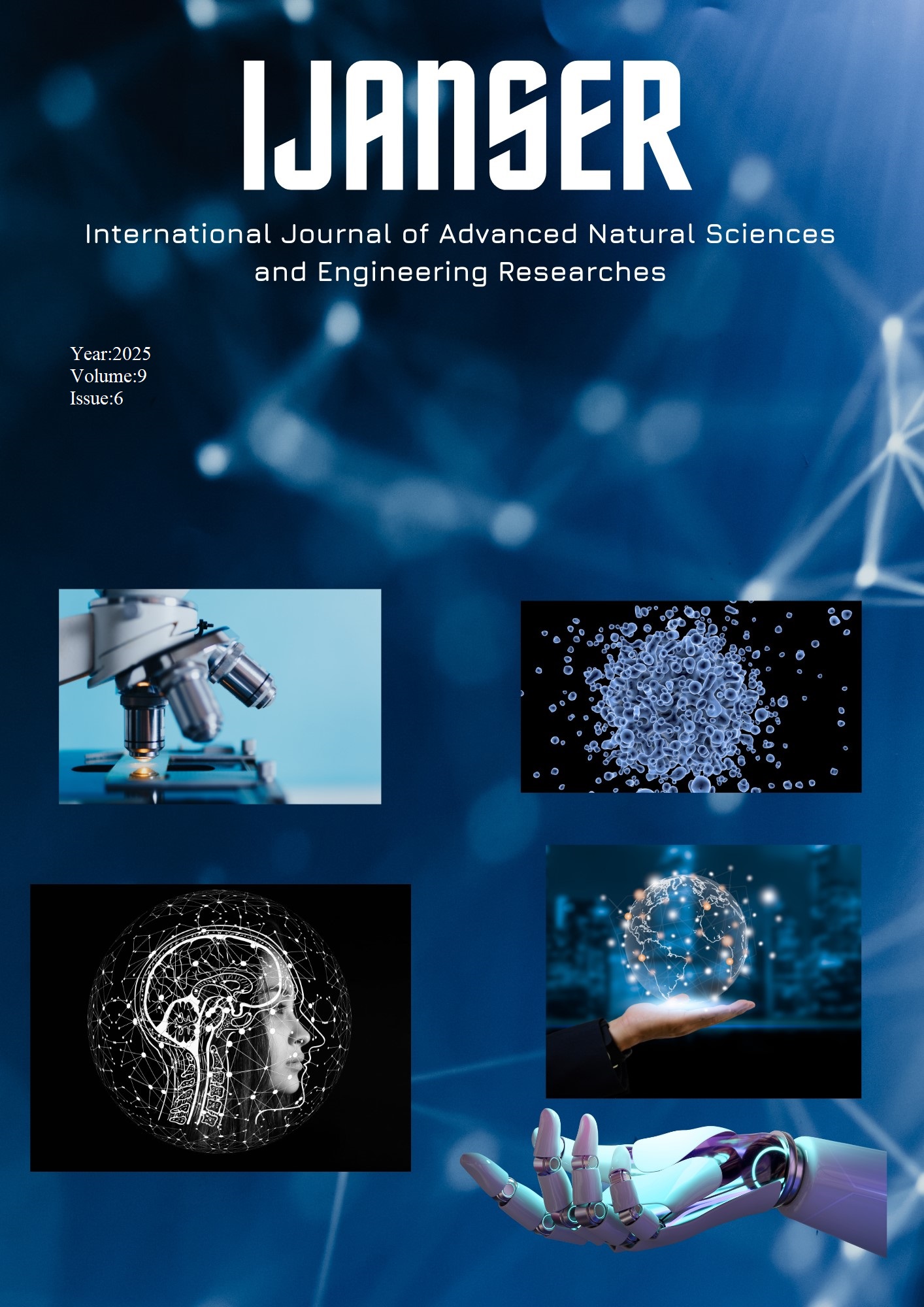Forecasting Tourist Arrivals in Albania Using Time Series Models and Currency Fluctuations
Keywords:
Prediction, Tourist, Time Series, Seasonality, Arima, ETSAbstract
This study aims to forecast tourist arrivals in Albania by analysing quarterly data from 2016 to
the end of 2024, with a particular focus on the role of currency fluctuations, specifically the Euro, which is
commonly used in conjunction with the Albanian Lek. While a number of economic indicators were
considered, including GDP and other foreign currencies, the only one that showed a substantial correlation
with tourist traffic was the Euro. To predict and project tourist flows, time series models were employed,
including Exponential Smoothing (ETS), ARIMA, TBATS, and a regression model where the independent
variable is Euro and ARIMA-modeled residuals. The forecasting performance of each model was evaluated
using standard accuracy metrics: Mean Absolute Error (MAE), Root Mean Square Error (RMSE), and
Mean Absolute Percentage Error (MAPE). Results indicate that the ETS model outperformed all others,
achieving the lowest error rates. ARIMA and TBATS indicated higher error margins, and the regression
residual hybrid approach performed moderately. These findings highlight the explanatory power of the
Euro in mimicking tourist demand in Albania and signal ETS to be the optimal model for short-term
forecasting in this regard. The study provides valuable guidelines for tourism planners and policymakers
seeking data-driven strategies for anticipating tourist flows.
Downloads
References
Song, H., Qiu, R.T. and Park, J., A review of research on tourism demand forecasting: Launching the Annals of Tourism Research Curated Collection on tourism demand forecasting. Annals of tourism research, 75, pp.338-362, 2019.
Turner LW, Witt SF. Forecasting tourism using univariate and multivariate structural time series models. Tourism Economics. 2001 Jun;7(2):135-47.
Cho, V., Tourism forecasting and its relationship with leading economic indicators. Journal of Hospitality & Tourism Research, 25(4), pp.399-420, 200
Song, H., Li, G., Witt, S.F. and Athanasopoulos, G., Forecasting tourist arrivals using time-varying parameter structural time series models. International Journal of Forecasting, 27(3), pp.855-869, 2011
Fritz, R.G., Brandon, C. and Xander, J., Combining time-series and econometric forecast of tourism activity. Annals of Tourism Research, 11(2), pp.219-229, 1984.
Duan, Q. Predicting Tourism Demand by Combining Search Engine Data. Tourism Management and Technology Economy, 7, pp.1-8, 2024
Hyndman, R.J. and Athanasopoulos, G. Forecasting: principles and practice, Monash University, Australia, 3rd edition. Otexts, 2018
(2025) The Bank of Albania website. [Online]. Available: https://www.bankofalbania.org/home/,
(2025) The Institute of Statistics website. [Online]. Available: https://www.instat.gov.al/en/Home.aspx,
Lim C, McAleer M. Time series forecasts of international travel demand for Australia. Tourism management. 2002 Aug 1;23(4):389-96.
Gonzalez P, Moral P. Analysis of tourism trends in Spain. Annals of Tourism Research. 1996 Oct 1;23(4):739-54.
Witt SF, Witt CA. Forecasting tourism demand: A review of empirical research. International Journal of forecasting. 1995 Sep 1;11(3):447-75.
Song H, Li G. Tourism demand modelling and forecasting—A review of recent research. Tourism management. 2008 Apr 1;29(2):203-20.
Cho V. A comparison of three different approaches to tourist arrival forecasting. Tourism management. 2003 Jun 1;24(3):323-30.





